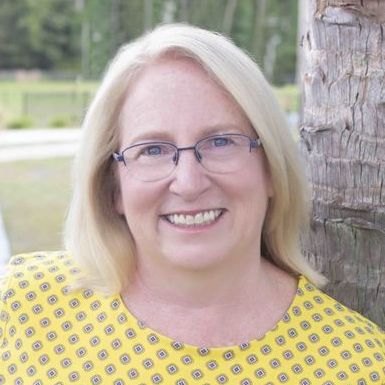Over the years that I have been involved with Curriculum Trak I have heard many administrators talk about “helping” their staff out by creating curriculum maps for their teachers.
“It is a lot to ask of our teachers to create all those maps.”
“My staff does not have time to create the maps.”
“If I write our school’s curriculum maps, I can make sure that what I expect teachers to teach is outlined.”
All of these ideas are true, but course mapping is not the place to address the underlying issues reflected in these statements. In fact, administrators who operate with the mindset behind these statements often find their course maps end up as documents sitting on the shelf instead of living documents with practical use.
Recently I heard Mr. Ron Rovela, a former captain of the USS Abraham Lincoln, say, “The only way to have shared accountability is to have shared responsibility. If a leader chooses to take full responsibility for completing a task, then no one is going to come alongside him and share accountability.” Referencing Greg Bustin’s book Accountability: The Key to Driving a High-Performance Culture, Mr. Rovela further explained that responsibility has to do with task completion, and accountability has to do with mission completion. Administrators who write the curriculum maps for their staff need to pause and ask this important question: Is curriculum mapping a single task that needs completing, or is it a part of completing our school’s mission?
Our teachers certainly have a lot to do and and their time is stretched thin, but I have found that if we believe that curriculum maps can help accomplish our school’s mission (see an earlier blog post Course Maps are About More Than the What), we will find ways for the whole staff to be involved in creating the maps. Break it down into little chunks and involve those who will be teaching the courses. Those who help develop the maps own the maps. Creating the maps helps teachers buy into the practical use of the maps. Collaboratively written maps draw groups toward mission completion. For the teachers who participate in the mapping process, the maps become living documents that they understand and interact with. Those who are simply handed a set of course maps will see them only as an instructional checklist to complete.
I guarantee that the moment you tell your staff they are going to write curriculum maps for their courses, there will be some grumbling. You may not hear it out loud, but they are going to gripe. But let’s get real: is the grumbling really any worse than if you were to hand out prewritten maps? Wouldn’t they grumble if you gave them prescribed maps to follow? But the big difference is that later, when their self-created maps are being used, when the teachers see that the maps they created can help them accomplish the school’s mission, they will find great value in what you have given them. And sure, maps can be used as a measuring stick. But I believe they can be more than that. They can be mission drivers, but only if everyone is accountable for them.
The only way to achieve shared accountability is to share the responsibility. Before you decide your strategy for the curriculum mapping process, you must answer this question: Why do you want course maps? If you want a teaching checklist, then write the maps for your staff. But if you want a tool that gears toward your school’s mission, then set aside time and draw your staff into the process. I promise it is worth the sacrifice of time.




